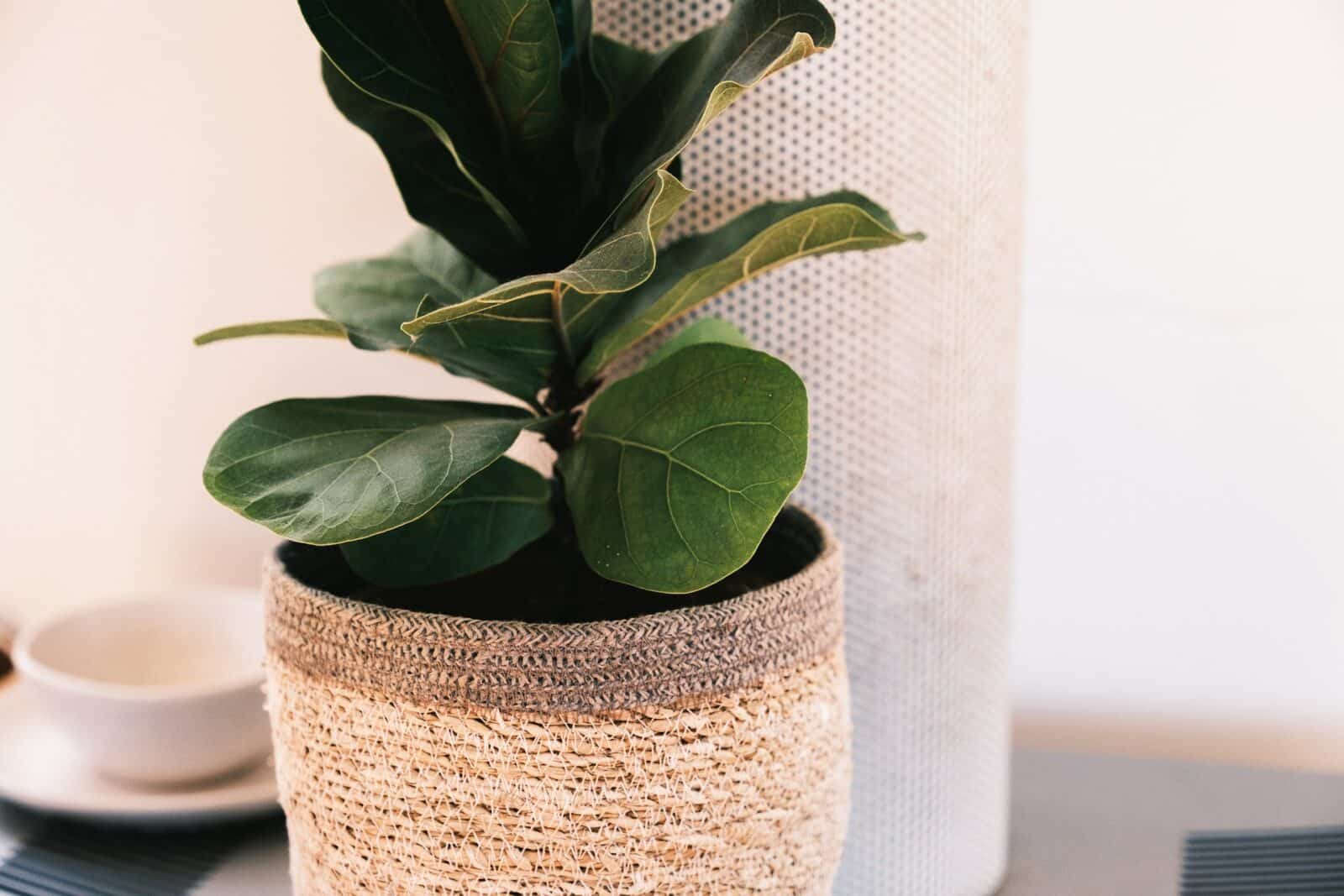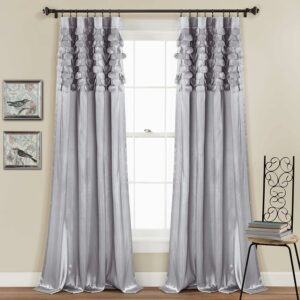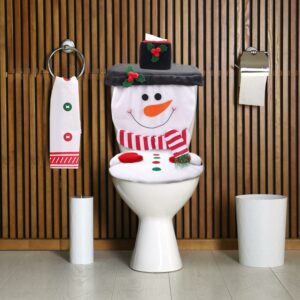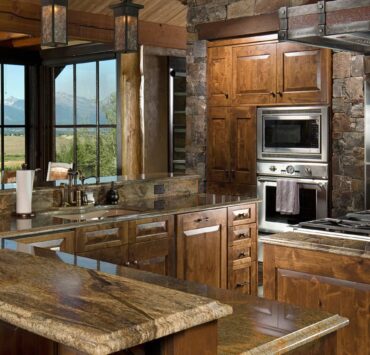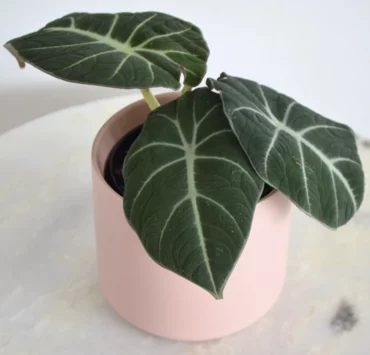Fiddle leaf figs are arguably the poster child for indoor house plants everywhere. It thrives best when placed in peat based soil mixed with perlite. Beloved for their large fiddle-shaped leaves, these plants, native to Africa, add charm and vibrancy to your home. Known for reaching up to 40 feet when grown out in the wild, household fiddle leaf figs can grow up to 10 feet given the right care. Here’s everything you must know about the best soil for fiddle leaf fig.
If you’re new to owning a fiddle leaf fig, unwittingly caused one to wither away, or are looking for care tips, keep reading. First and foremost, giving your fiddle leaf fig the right soil is literally and figurative the foundation to growing a healthy and happy plant.
[ez-toc]Best Soil for Fiddle Leaf Fig
Peat based soil mixed with perlite is a fantastic potting mix for fiddle leaf figs.
Just as important, when putting soil into your pot, don’t pack it in. Fiddle leaf figs love well draining soil as the plant tends to get root rot.
Aim for a ⅔ peat to ⅓ perlite. When placing a fiddle leaf into its pot and soil, cover it just below the crown of the fiddle leaf. This is the intersection of the stem and the roots.
Don’t cover the crown in soil as this can cause crown rot and won’t be any good for your home decor.
On top of your peat and perlite mix, you can further customize your soil mix especially for a fiddle leaf fig with the following:
- Bark: Chunks of pine bark is an excellent addition to add more organic matter to the soil mix. These large chunks encourage more drainage space in the soil and prevent it from getting overly compact.
- Coconut Coir: Coconut coir is highly absorbent and fibrous. Adding it to fiddle leaf fig soil keeps the soil light and encourages proper air circulation. This is important as fiddle leaf fig roots need moisture, but not too much of it.
- Charcoal: Charcoal helps your fiddle leaf figs soil retain its structure. It also acts as a detoxifier from soil impurities such as salts and pesticides. Adding charcoal to your fiddle leaf’s soil keeps it clean and nourished, which promotes overall root health.
- Moss: Moss doubles as an absorbent component to your soil which helps prevent water logging. The absorbed moisture is then released slowly so your fiddle leaf fig’s roots don’t dry out. Think of adding moss as a time-release watering medium.
- Sand: Sand is another component you can use to add stability yet promote drainage in your fiddle leafs soil mix.
The right type of soil mixture for your fiddle leaf is just part of the equation for a happy plant. You want the soil to be dense enough to firmly hold down the roots and plant, especially as it grows.
On the other side, you want the soil to be light and well draining enough so that it doesn’t get the roots water logged with poor air circulation.
Too light soil can cause your growing fiddle leaf to tip over and too heavy soil can stunt your fiddle leafs growth. Aim for a soil mix that retains moisture yet drains well.
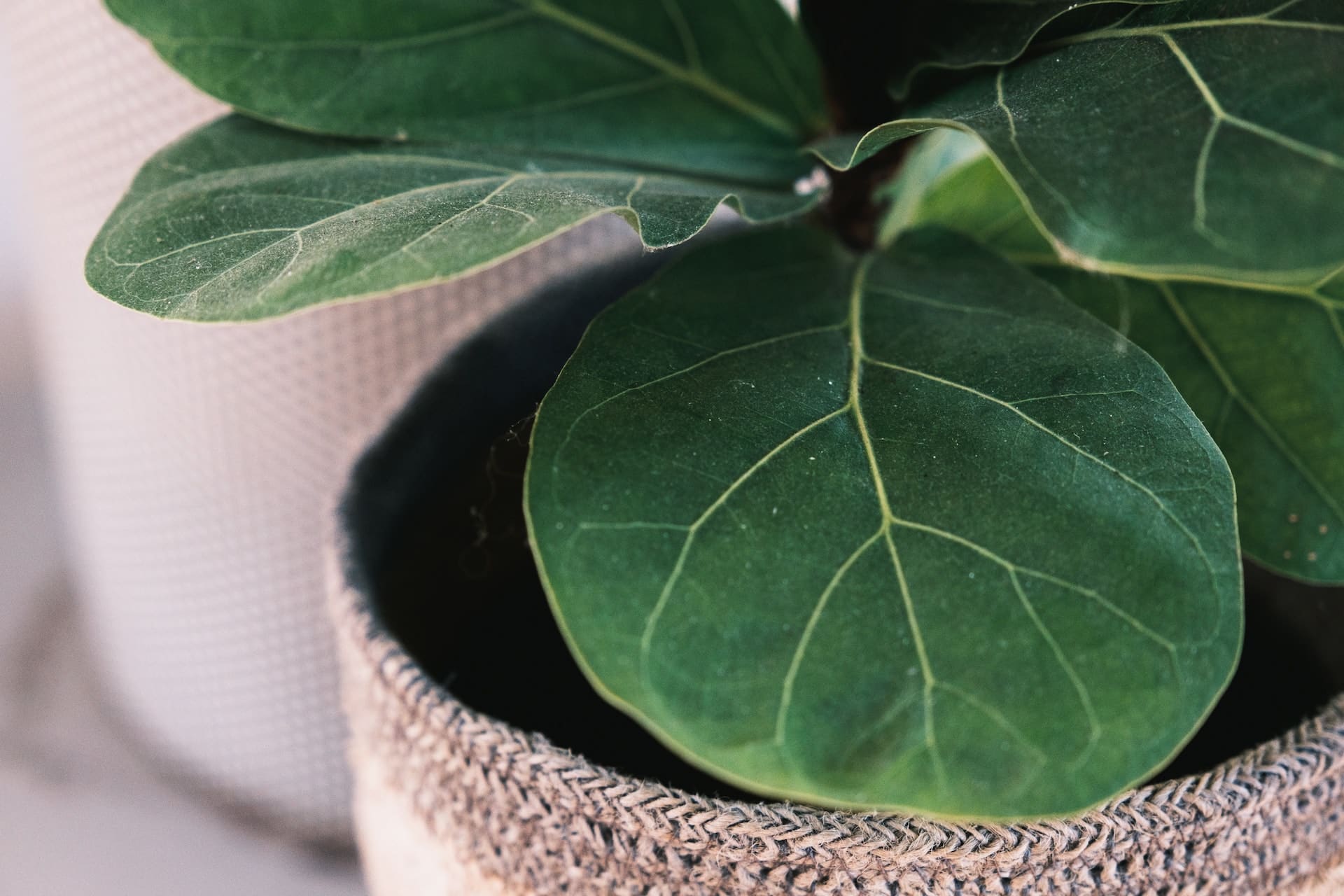
Apart from incorporating the best soil for fiddle leaf fig there are other factors as well that determine the health of your indoor plant. Here’s more about them.
Find the Right Pot
Fiddle leaf figs are quick growing plants. Finding a large enough planter that will allow the roots to spread as it grows is important. At the same time, your planter can’t be too big as this makes the plant more susceptible to root rot.
A good point of reference for fiddle leaf pot sizes is to find a pot that’s 3-4 inches wider than the widest span of the plant and 2 inches deeper than the current height of the fiddle leaf fig.
For instance, if you have a fiddle leaf fig with a width of 10 inches across and 20 inches tall, a good pot size would be 14 inches in diameter and 22 inches deep.
With that said, fiddle leaf figs need a pot that drains well. This is a very important factor to ensure the plants health. These plants don’t do well in water-logged soil. You need a well draining pot to ensure that the plant’s roots don’t rot.
For added measure, add a screen at the bottom of the pot before adding the soil and potting the fiddle leaf. A screen will allow water to drain through while preventing the plant’s roots from growing into the hole and blocking it.
We can’t stress this enough. You have to have proper drainage. Fiddle leaf figs are prone to root rot. You want to ensure that you can water your plant without clogging up the soil. A well draining pot is key.
Maintain a Neutral pH Level
Fiddle leaf figs like soil with a neutral pH. Anywhere between 5.3 to 6.7 pH level is ideal for the plant to thrive. Overly acidic soil can cause fiddle leaf figs to turn yellow and go limp while overly alkaline soil can stunt the plants growth.
Always test the pH of your soil before adding anything to it. To get the pH right for a fiddle leaf, add agricultural limestone or wood ashes to increase the pH. On the other end, add aluminum sulfate or sulfur to decrease the pH.
Fertilizing Fiddle Leaf Figs
If you want that instagram worthy, wide-leafed, vibrant, lush fiddle leaf, fertilizing is key. So much of the soil’s nutrients are taken up in the plant’s growth. Your fiddle leaf will thank you with bigger and greener leaves if you give it fertilizer regularly.
Fiddle leaf figs respond especially well to fertilizers with a high nitrogen to phosphorus and potassium ratio. A good N:P:K for fiddle leaf figs would be 3:1:2 or 3:1:3. While this doesn’t have to be the exact ration, the main idea here is to give a high nitrogen ratio.
Aim to fertilize your fiddle leaf fig atleast once a month. Be especially diligent about fertilizing during summer months, when the plant’s growth rate is high.
Wrapping Up
Fiddle leaf fig care may be, fiddly. But their beautiful leaves and towering height make them such a lovely home addition. To get things right, invest time in getting the best soil for fiddle leaf fig along with other factors as mentioned above. This gives the plant the best chance at thriving. With the right diligent care, these beauties can last for up to 50 years.
